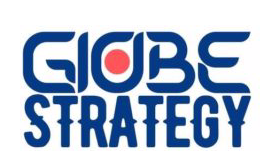Following the establishment of the World Trade Organisation in January 1995, American and European trade relationships were for a time characterised by ‘competitive interdependence’, as the US and EU simultaneously aimed to advance their commercial interests in third countries. Under conditions of competitive interdependence, trade actors resort to certain policy choices to gain advantage for their producers while restricting others’ ability to enter a market (Sbragia, 2010). In the last decade, however, European and American trade policymakers have faced the challenges of a more competitive world and the emergence of newer trade powers such as China. Both actors have veered away from multilateral deals as their preferred trade policy choices. In this paper, we use the Sbragia (2010) framework to analyse the trade policy shifts made by the EU and the US in the last decade. We argue that what had been a competitive interdependence relationship has recently changed to a trilateral structure in which both the EU and the US have focused their attention on countering Chinese competition. Moreover, China’s emergence has also pushed the US to reinvigorate the role of unilateralism and the EU to bolster bilateralism as they both seek to secure their commercial shares worldwide.>>>ClickHere>>>
Tag: competitive
Cirque Du Soleil: Cultivating Creativity and Designing to Delight
Circle Du Soleil was one of the most successful entertainment companies in the world, a cross between a vibrant acrobatic show and a compelling narrative musical framework that captivated audiences since 1984. However, building one of the world’s greatest entertainment companies was a competitive task. This case explores how President and CEO Daniel Lamarre responded to the challenge by leading the organization with four focal values in mind: creativity at the center of everything the company does, developing people and their talents, financial responsibility, and social responsibility. <ClickHere>
